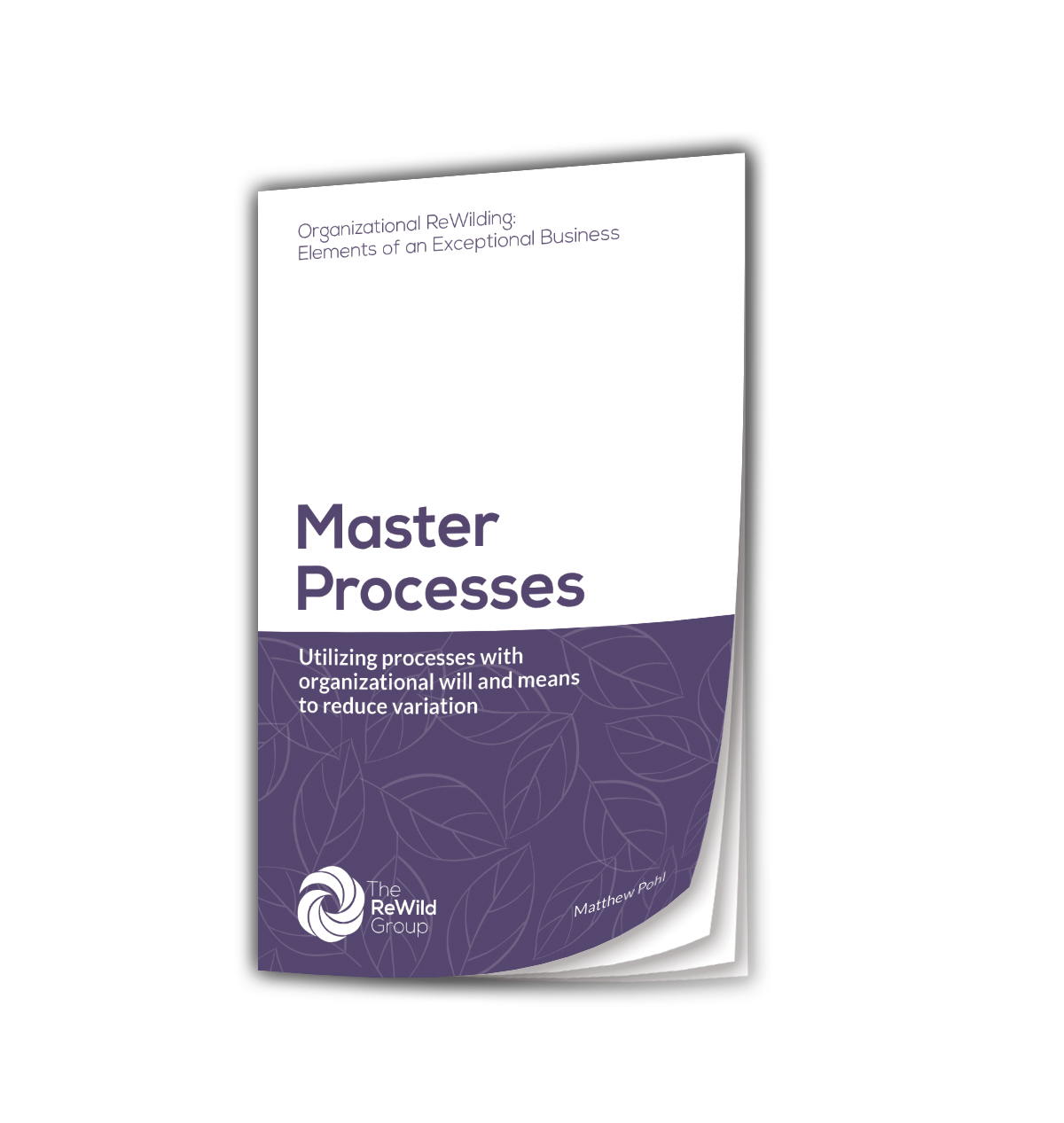More about this guidebook
The One-to-One Process establishes a communication loop between supervisors and employees and is one of the most effective ways to influence the climate at an organization. By meeting individually and on a regular basis with each employee, supervisors hear directly from their direct reports about concerns and ideas for improvement and can help develop them in their positions. Staff can provide feedback to their managers and ask for support or offer suggestions. Both parties benefit from the structured process and the company benefits from the greater trust and open communication fostered by One-to-One Meetings.
Companies that do not have a One-to-One Process in place often experience the following symptoms:
A culture that is resistant to change
Underdeveloped staff
Difficulty diagnosing and solving problems
High employee turnover
A culture that is resistant to change – When communication is closed and employees are not regularly speaking with their supervisors (and vice versa), there is room for misinterpretation. This can affect the climate of the company on a large scale, but it can also affect smaller, day-to-day concerns. It’s not uncommon for a culture to develop in the midst of this type of climate that is resistant to change—especially when it is imposed from the top down. The One-to-One Process is an effective way to open up channels of communication, wherein concerns and questions can be addressed on a more granular level, freeing up the employee to ask candid questions about organizational change, allowing for misinterpretations and concerns to be addressed.
Underdeveloped staff – When supervisors meet with their employees on a regular basis, supervisors are made aware of the challenges, struggles, strengths, and triumphs that the employee experiences. This presents a unique opportunity for the manager to help aid the employee’s success by removing obstacles or by helping to further develop the employee's skills. The net result of these efforts is an employee who is getting more benefit out of their job (thus making them more loyal) and a stronger business that benefits from the improved skills.
Difficult diagnosing and solving problems – Within every organization there are multiple factors that contribute to its success or decline. Getting to the root of those factors is the difficulty, as any CEO or business leader will tell you. The One-to-One Process provides a clear channel of communication for issues to surface early, before they become unmanageable. What’s more, the One-to-One is also a place for solutions to present themselves. Supervisors and employees alike are encouraged to find creative solutions to the problems that they witness or experience.
High employee turnover – The expense of losing a trained employee is difficult for a business to absorb. When communication is lacking, however, management is often unsure what the reason is when an employee departs. The One-to-One Process provides a structured way for supervisors to get regular insight into what is working well from the employee’s perspective and what is not working well. These opportunities for joint problem solving and employee development are critical to the retention of good team members.








